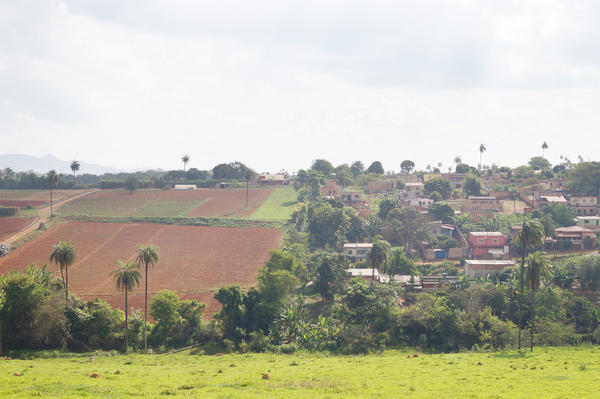Opening a Territory and Making a Capital

Prof. Roger Diener, Prof. Marcel Meili,
Vesna Jovanovic, Christian Mueller Inderbitzin, Mathias Gunz, Liisa Gunnarsson
Exercise types: 'e' or 'e+i'
Group work in Basel and research on location in Belo Horizonte, Brazil
Start: Tuesday, 17. September, 2013, 10 AM at ETH Studio Basel, Spitalstrasse 8, 4056 Basel
Territories have begun to reconfigure themselves in the wake of globalization, to loosen up allowing for increased mobility and metamorphosis, these processes require our professional inspection, as they are as vital to understanding contemporary life, as is the accumulated understanding we have in our field of the city. How do we begin to describe this looseness of territory, and the changes in the relation between the city and the territory it is inscribed in? In order to find concrete answers we have ventured this year to the interior of Brazil, to a state called Minas Gerais, abbreviated from ‘Minas dos Matos Gerais’, which means ‘Mines of the General Woods’, referring to the two large geographical spaces dominant in this (very large) state: the Sertão - the dry Brazilian highlands - and what has now come to be called the Quadrilátero Ferrífero - a very mineral-rich area that for centuries has seen urbanization activity in the form of mining towns, and cargo infrastructure. If none of these names or places seem familiar: this is also the place that the city of Belo Horizonte is capital of. Belo Horizonte today represents the third most populous metropolitan region of Brazil, right after São Paulo and Rio de Janeiro, with its 20 cities and 5.5 mil. inhabitants. Compared to the extensive activities that have been happening on the land, this metropolis is very young, founded in 1897, and stands on top of this land in a very complex series of relations to its surroundings, performing its metropolitan duty, and much more than that, but also in instances ambiguously autonomous, disconnected even, from this same land. This book will try to describe how this territory opens up, and how do Brazilians construct a capital.
This project continues ETH Studio Basel’s territorial researches in Switzerland (1999-2005), the Nile Valley (2009), Rome - The Adriatic (2010), Florida (2011), Vietnam (2012) and Muscat and Oman (2013), which clearly show ways in which densely populated environments invent new types of space: traditional natural or rural areas turn into urbanized territories characterized by a multilayered occupation of landscape, overlapping structures and meanings.
Opening a Territory and Making a Capital - an Introduction
PUBLICATIONS: BELO HORIZONTE, PEOPLE: PROF. MARCEL MEILI, PROF. ROGER DIENER, CHRISTIAN MUELLER INDERBITZIN, MATHIAS GUNZ, VESNA JOVANOVIC, LIISA GUNNARSSON

